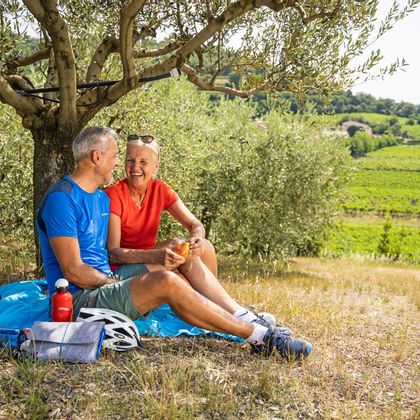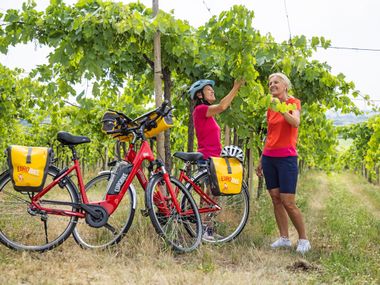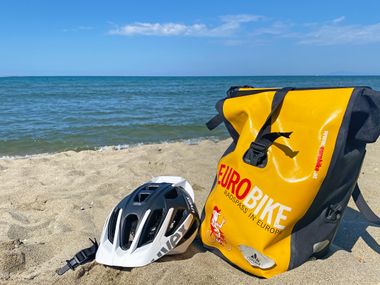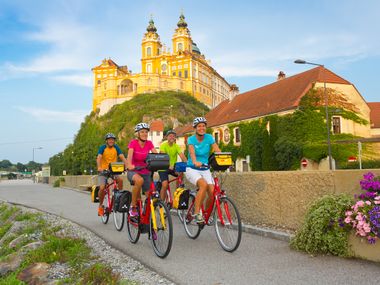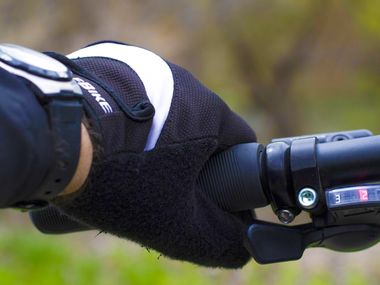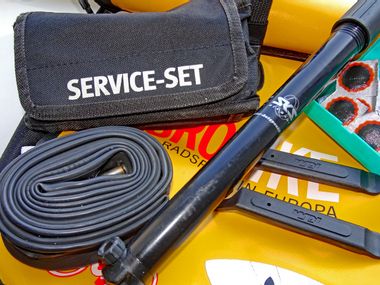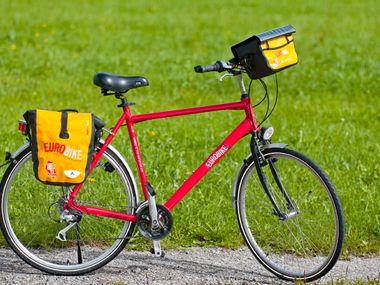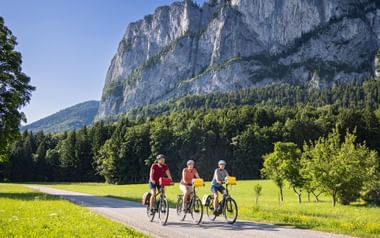It’s well known that prevention is better than cure. Many newcomers are a little nervous before their first real multi-day cycle tour. Firstly, this is completely normal, and secondly, the Eurobike team is at hand to advise guests.
In addition to good physical condition, perfect equipment and the right nutrition, it is also important to know your own physical limits. But first things first! You will find out now what tips and tricks every cyclist should know before the first tour!

